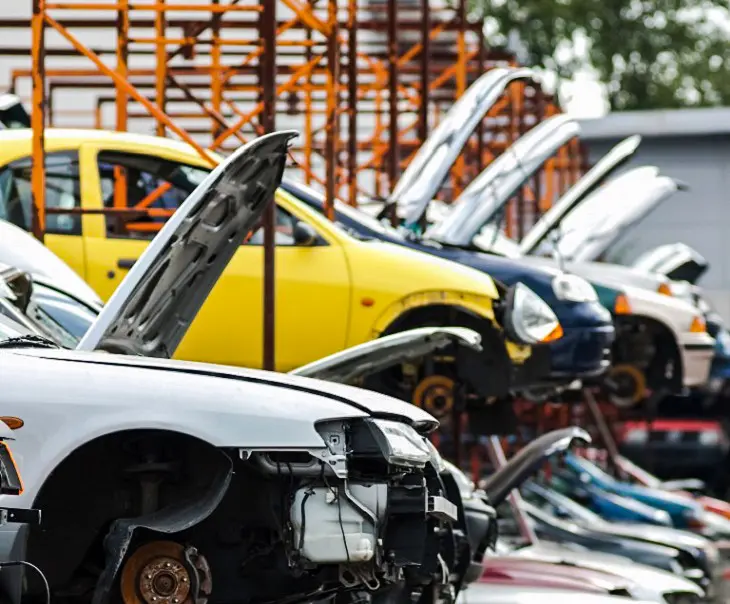Lorries, buses and motorcycles are to be added to the EU’s end-of-life vehicle (ELV) regime in a proposed overhaul of the existing 20-year-old directive published by the European Commission.
Every year, over six million vehicles reach the end of their life and are treated as waste in Europe. The automotive industry is one of the most resource-intensive sectors, accounting for 10% of the overall consumption of plastics, 17% of steel demand, 42% for aluminium and 6% of copper. The electrification of vehicles will further increase the need for critical raw materials (CRMs) such as rare earths.
‘Making new vehicles more sustainable and circular is essential to address our dependencies, lower the environmental impact linked to the extraction and processing of primary materials used in vehicles, as well to facilitate the reuse and recycling of vehicles reaching the end of their life,’ says the Commission said as it set out the new regulation.
Untapped potential
The original directive has driven up the recycling rate to over 85% but much of it involves unsophisticated shredding. Only 19% of plastics from ELVs is recycled, while electronics and composite materials are hardly recycled.
‘This is an important untapped potential, both for the environment and the economy,’ the commission says. ‘Moreover, too many vehicles are currently not properly collected at the end of their life and many old, non-roadworthy and polluting cars are exported to third countries.’
Key elements
- Circularity in the design: a series of requirements to ensure that new vehicles are designed in a way that facilitates recycling and reuse of spare parts when they reach the end of their life.
- Use of recycled materials: New vehicles should include at least 25% of recycled plastics. There are also targets for recycled steel, CRMs and aluminium.
- Increased quantity, quality, and value of reused and recycled materials: Parts and materials should be removed from ELVs before shredding will be specified.
- Treatment of waste should be improved to allow high quality recycling.
- Increased collection of ELVs: reducing the number of ‘missing vehicles’ by new traceability and control measures. The export of vehicles which are not roadworthy for European roads will be banned.
- ELV management costs: Producers will have to ensure that their vehicles are properly treated when reaching the end of their life, possibly through the financing of costs for recycling which cannot be covered by recyclers themselves.
- Scope extended: legislation will progressively include lorries, buses, and motorcycles.
EuRIC welcome
Olivier François, president of the umbrella recyclers group EuRIC, welcomed the proposed changes and said ELV recycling has been a success story for more than two decades.
‘It is important to preserve what fundamentally works while at the same time raising the level of ambition to recycle more, better and back into cars wherever feasible.
‘EuRIC looks forward to working with the co-legislators to extend recycled content targets beyond plastics, further strengthen technology neutrality as a key driver to quality and economic viability and ensure that the very functioning of EPR schemes will factor in recyclers’ leading role in the capacity building for the treatment of ELVs over the last 20-plus years.’
‘Recycling boost’
Virginijus Sinkevičius, commissioner for environment, unveiled the package and said the automotive industry played an important role in accelerating the transition to the circular economy.
‘Building on the life-cycle approach that we agreed for batteries, today we are proposing rules to make vehicles circular by design and to ensure that at the end of their life vehicles are a source of valuable spare parts, CRMs and other key resources such as high-quality recycled plastic and steel. This new approach will make the European vehicle industry more sustainable and resilient, reduce dependence on primary raw materials and energy, boost EU’s recycling sector and enhance the markets for used spare parts and secondary materials.’
Don't hesitate to contact us to share your input and ideas. Subscribe to the magazine or (free) newsletter.



